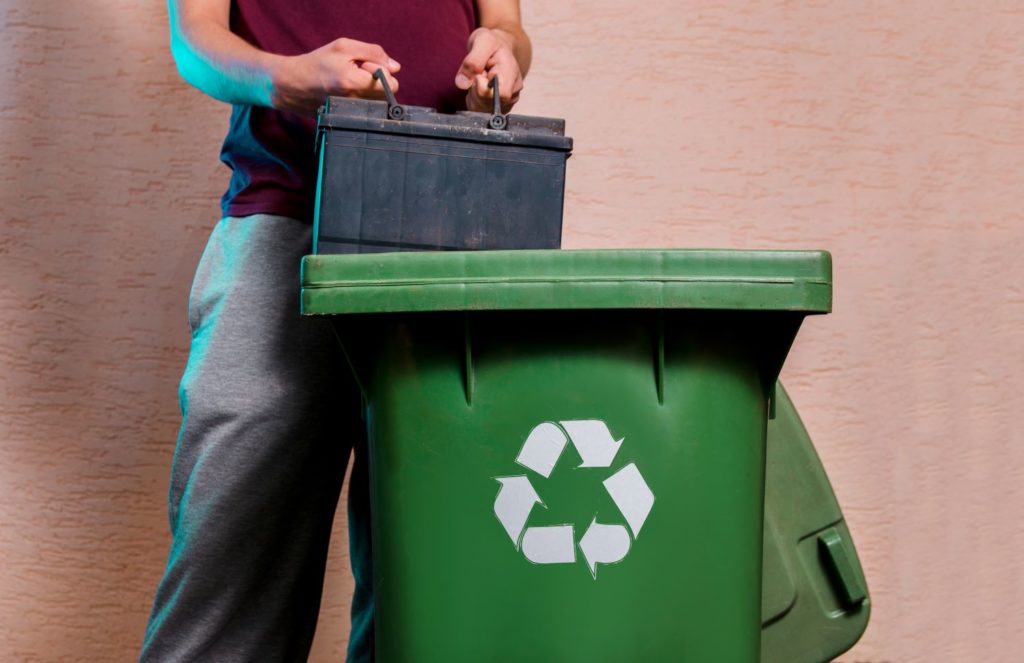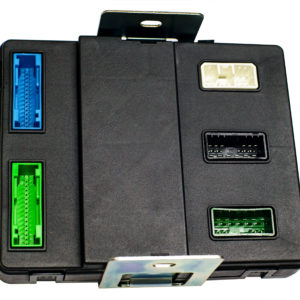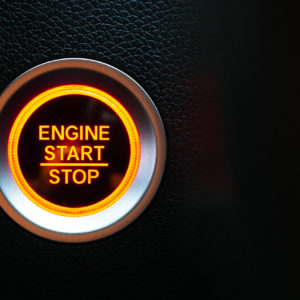Used car batteries are a pain to store in your garage. They take up space, weigh a ton, and look ugly. So it’s tempting to drive up to the nearest body of water, pitch your battery in, watch it sink beneath the waves, and call it a day. Out of sight, out of mind.
However, throwing car batteries into the ocean can land you in figurative hot water. Not only does it violate the law, it also harms the environment and threatens people’s health. The responsible thing to do is to bring used batteries to a recycling station, preferably the same store that sold the battery to you.
Why Is Throwing Car Batteries Into the Ocean Illegal?
Most car batteries are lead-acid batteries, where metal plates are immersed in an electrolyte solution to store and release electricity. These plates are made from lead-based alloys, while the electrolyte solution contains sulphuric acid.

Both lead and sulphuric acid are toxic substances. Acid will cause severe injuries if it comes into contact with your skin or eyes. Meanwhile, lead poisoning is a serious health concern worldwide, especially for children.
According to the Environmental Protection Agency (EPA), it’s illegal to dump garbage with toxic substances or properties in the ocean. Additionally, many states prohibit dumping used car batteries in a body of water or a landfill.

How To Dispose of Car Batteries Properly
Now that you know it’s not legal and safe to throw your used car battery in the nearest body of water or the local landfill, you’re probably wondering about the correct method of car battery disposal.
For used car battery disposal, the EPA recommends one of two approaches: Return the spent lead-acid battery to a battery retailer or give it to a recycler that collects solid or household hazardous waste in your area.
The U.S. recycles almost all of its lead-acid batteries. This policy keeps toxic material out of the environment, conserves resources, and protects people –including workers at landfills– from exposure to dangerous substances.
There’s a bonus to returning used lead-acid batteries to the retailer. Most retailers charge a deposit fee in addition to the tag price. You can recover your deposit if you give the old battery to the shop.
If for some reason the retailer doesn’t accept used car batteries, look for the nearest recycling station. They can safely handle lead-acid batteries and other hazardous waste for recycling.

What About Lithium-Ion Car Batteries?
Electric vehicles (EVs) run on lithium-ion (Li-ion) batteries. It’s also illegal to throw used Li-ion car batteries into the sea. Besides, they’re generally too big and complicated for you to remove.
Instead, contact the car dealer, shop, or salvage yard where you got the EV or its battery. They’re trained and equipped to remove your vehicle’s used or broken lithium-ion battery.
Any information provided on this Website is for informational purposes only and is not intended to replace consultation with a professional mechanic. The accuracy and timeliness of the information may change from the time of publication.


















